Cardiovascular diseases (CVDs) rank among the leading causes of death worldwide. Heart failure, cardiac hypertrophy, hypertension, atherosclerosis, and myocardial infarction are examples of cardiovascular diseases. A collection of risk factors unique to cardiovascular illnesses is known as metabolic syndrome. Abdominal obesity, high blood pressure, impaired fasting glucose, elevated triglyceride levels, and low HDL cholesterol are among the metabolic illnesses that make up this cluster. Pakistan’s health system struggles with the non-communicable disease (CVD) burden, which is a costly illness with an ever-rising incidence. The age-standardized death rate was 357.88 per 100000 (global, 239.85 per 100000) and the projected age-standardized incidence of CVD was 918.18 per 100000 (global, 684.33 per 100000) in Pakistan, according to the 2019 Global Burden of Disease research. Age-adjusted comparative prevalence of diabetes is 30.8%; hypertension is present in 37% of adults. When a largely youthful population approaches middle age, these variables will combine to cause a significant increase in the burden of CVD1. This will present significant hurdles because government health spending is still modest and Pakistan is among the countries with the lowest effectiveness rates for universal health coverage worldwide. This emphasizes the pressing need to create novel and cost effective pharmacotherapies making use of the regional potential flora.
The pursuit of my research interest in cardiovascular physiology started with experimental work on rat tail artery macrovascular endothelial cells in vitro at the Liverpool University, UK. We have shown that the components of the calcium signal (Fig. 1, Fig. 2) change based on the agonists concentration and the mechanisms that produce the signal’s various components—spike, oscillations, and plateau (Fig. 3). These components being altered by endoplasmic reticulum calcium ATPase activity (SERCA) and hence the Ca2+ signals. Therefore, one way that agonist modification of SERCA activity may influence endothelial function in vivo potentially leading to CVDs2.
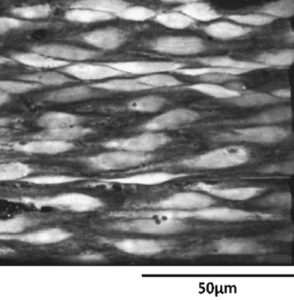
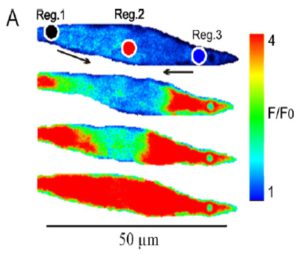
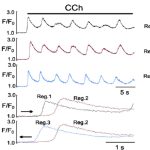
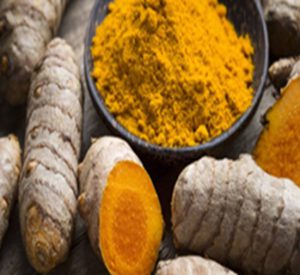 Curcumin, the active ingredient in turmeric, and turmeric aqueous extract, a concentrated form, have been reported to have beneficial effects in treatment of cardiovascular diseases and their risk factors. However, turmeric has not been studied in its natural form. My research work has evaluated the beneficial effects of turmeric in its natural form on obesity-related, cardiovascular-disease risk factors in overweight or obese females in a pre-post, single-arm interventional study design for 90 days at University of Dammam, KSA3 (Table. 1).
Curcumin, the active ingredient in turmeric, and turmeric aqueous extract, a concentrated form, have been reported to have beneficial effects in treatment of cardiovascular diseases and their risk factors. However, turmeric has not been studied in its natural form. My research work has evaluated the beneficial effects of turmeric in its natural form on obesity-related, cardiovascular-disease risk factors in overweight or obese females in a pre-post, single-arm interventional study design for 90 days at University of Dammam, KSA3 (Table. 1).
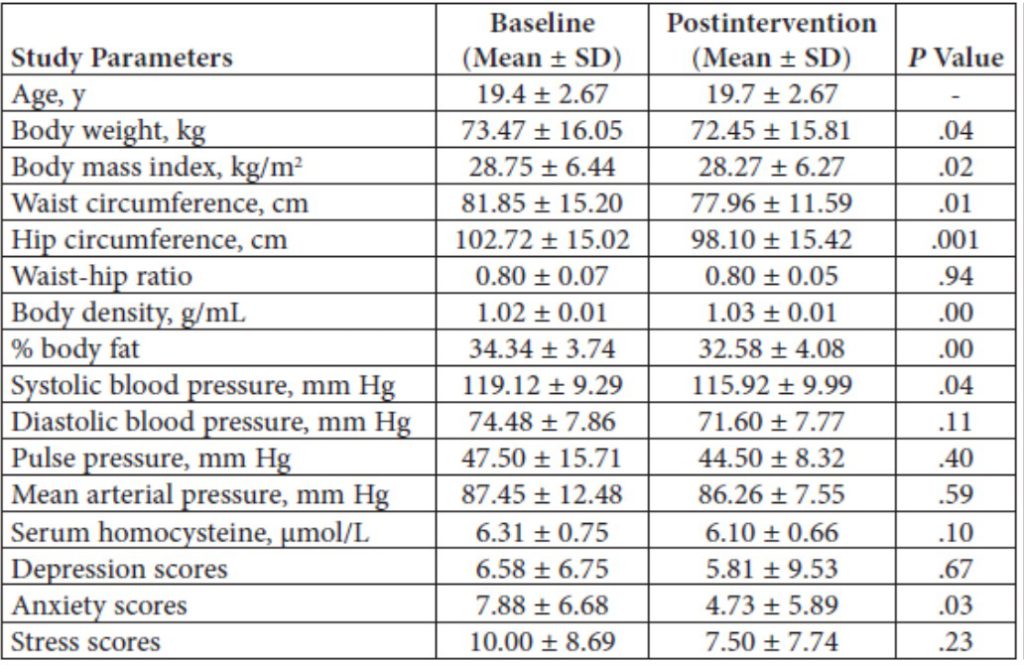
The dyslipidemia associated with obesity, particularly elevates cholesterol levels inhibiting uterine contractility and calcium signaling. Studies show increased rates of post-dated pregnancies and induction, and a decrease in the rate of spontaneous pre-term delivery in obese women. The results from my research provided the first insights into visfatin’s action on the smooth muscle of the uterus. It was demonstrated (Fig. 5) that: (i) visfatin inhibited myometrial contractility, in vitro, (ii) its effect were found in both human and rat pregnant myometrium, (iii) visfatin was able to reduce contractions occurring spontaneously and in the presence of additional contractile drive from oxytocin, (iv) visfatin is potent (IC50 ~ 1 nM)4 Fig. 4.
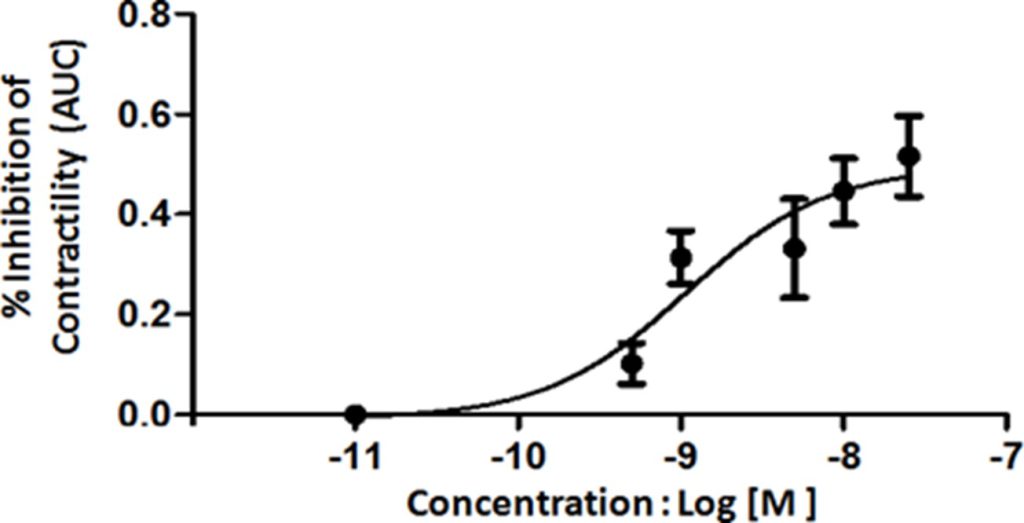
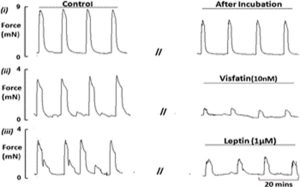
In conclusion, alternative medicine, particularly the use of natural compounds holds promising potential for addressing cardiovascular diseases (CVD) and metabolic syndrome. Our research on in-silico based nano-formulations is underway and aims to harness these compounds for the treatment of hypertension, arrhythmias, and diabetic neuropathy. With significant progress already made and ongoing wet lab studies, we are optimistic that our findings will translate into effective treatments in animal models and eventually in clinical trials. This innovative approach could lead to more accessible and effective therapies for managing and preventing CVD and metabolic syndrome, offering hope for improved health outcomes globally.
References
- Circulation. 2023;147:1261–1263. DOI: 10.1161/CIRCULATIONAHA.122.059122
- Mumtaz S, Burdyga G, Borisova L, Wray S, Burdyga T. The mechanism of agonist induced Ca2+ signalling in intact endothelial cells studied confocally in in situ arteries. Cell Calcium. 2011 Jan;49(1):66-77. doi: 10.1016/j.ceca.2010.11.010. Epub 2010 Dec 19. PMID: 21176847; PMCID: PMC3098389.
- Latif R, Mumtaz S, Al Sheikh MH, Chathoth S, Nasser Al Naimi S. Effects of Turmeric on Cardiovascular Risk Factors, Mental Health, and Serum Homocysteine in Overweight, Obese Females. Altern Ther Health Med. 2021 Jun;27(S1):114-119. PMID: 32088675.
- Mumtaz S, AlSaif S, Wray S, Noble K. Inhibitory effect of visfatin and leptin on human and rat myometrial contractility. Life Sci. 2015 Mar 15;125:57-62. doi: 10.1016/j.lfs.2015.01.020. Epub 2015 Jan 31. PMID: 25645057.
The author is a Professor at the School of Health Sciences (SHS), National University of Sciences and Technology (NUST), Islamabad-Pakistan. She can be reached at sadaf.mumtaz@nshs.nust.edu.pk.
Research Profile: https://bit.ly/3VPy1VF
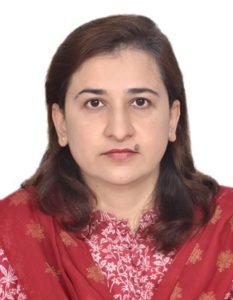
![]()







A very useful research by Dr Sadaf Mumtaz. This is very important for our country as these products are easily available, are cheap and have minimal side effects. I have used them in my clinical practice with good effects. A blockage in my own coronary disappeared completely with herbal medicine. Need to have more collaboration between researchers and clinicians. Keep it up Dr Sadaf .